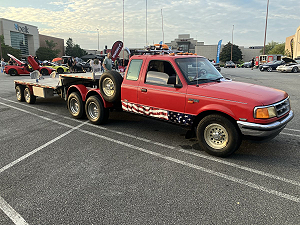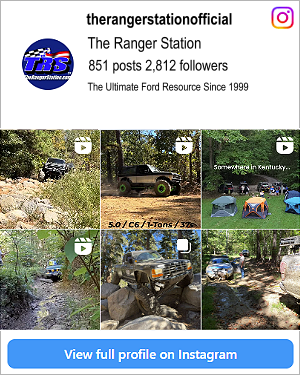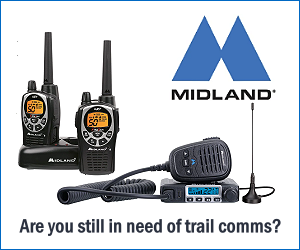eightynine4x4
Well-Known Member
- Joined
- Oct 15, 2020
- Messages
- 765
- Reaction score
- 206
- Location
- New York
- Vehicle Year
- 1989
- Make / Model
- Ford Ranger
- Engine Type
- 2.9 V6
- Transmission
- Automatic
- 2WD / 4WD
- 4WD
- Total Lift
- 2.5" Suspension
- Tire Size
- 31 x 10.5 x 15
1989 A4LD 4x4 2.9
Hey all,
Considering doing a top end replacement / rebuild and have a few questions about the 2.9..
To preface this, I already “want” new heads because I recently replaced both exhaust manifolds and never got perfect / permanent connections for new manifolds due to all of the drilling out of bolts / holes i had to do. Very long job and should have just pulled the heads and would have saved myself several rough days.
What id like to install:
-new Promaxxperformance heads, loaded with valves and springs
-new rockers/shafts, pushrods, lifters, etc.
Questions:
Do new valves that come installed in new heads need to be lapped first? Or are all the mating surfaces supposedly flush from factory?
Does a new camshaft need to be installed when replacing all of the above? From my understanding the other top end components need to stay related to each other whenever replacing stuff. But I’m replacing all of the upper moving parts. Is any cam wear going to be compensated for the lifter pre load adjustment? Or do I need to also install a new camshaft?
Are my head bolts likely to be as difficult to remove as the manifold bolts? My manifold bolts were about as difficult as I could imagine. Fully rust-welded you could say. I think maybe 2 out of 12 unscrewed, the rest were a major drillout project each. Am I likely up against the same beast with the head bolts? Or are they more protected / lubricated and/or not as rusty or welded?
Thanks!
Hey all,
Considering doing a top end replacement / rebuild and have a few questions about the 2.9..
To preface this, I already “want” new heads because I recently replaced both exhaust manifolds and never got perfect / permanent connections for new manifolds due to all of the drilling out of bolts / holes i had to do. Very long job and should have just pulled the heads and would have saved myself several rough days.
What id like to install:
-new Promaxxperformance heads, loaded with valves and springs
-new rockers/shafts, pushrods, lifters, etc.
Questions:
Do new valves that come installed in new heads need to be lapped first? Or are all the mating surfaces supposedly flush from factory?
Does a new camshaft need to be installed when replacing all of the above? From my understanding the other top end components need to stay related to each other whenever replacing stuff. But I’m replacing all of the upper moving parts. Is any cam wear going to be compensated for the lifter pre load adjustment? Or do I need to also install a new camshaft?
Are my head bolts likely to be as difficult to remove as the manifold bolts? My manifold bolts were about as difficult as I could imagine. Fully rust-welded you could say. I think maybe 2 out of 12 unscrewed, the rest were a major drillout project each. Am I likely up against the same beast with the head bolts? Or are they more protected / lubricated and/or not as rusty or welded?
Thanks!















